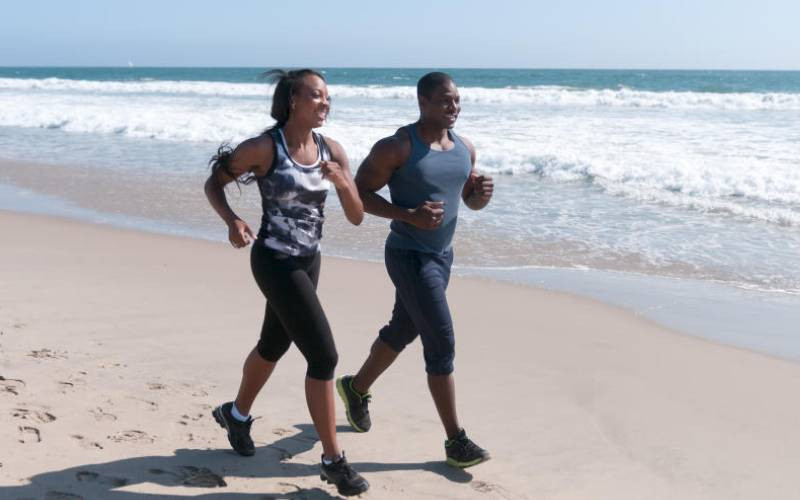
Ever tried to walk backwards for the sake of being healthier? Well, this isn't really a trendy health-related activity. We are naturally tuned to walking forward. But walking backwards isn't that uncommon.
Think of sports like football which so often forces players, and even refs, to be able to move both forwards and backwards in good measure. Health benefits have been observed by deliberate backward movements, also called retro movement.
The Chinese have been retro-walking for ages in attempts to boost their physical and mental well-being. Some scientific studies have documented the benefits of retro walking including better gait and balance, optimal walking pace, and improved cardiopulmonary fitness.
Over some time, body fat decreases too, especially if retro walking is combined with retro running. Benefits have also been observed with inflammatory conditions of the knee joint and even chronic back pain.
It's not just physical benefits that are observed with retro walking. Mental benefits accrue too from the need for the brain to be more alert when moving in an unusual mode.
You must remain mindful of potential obstacles and maintain optimal balance with every step to avoid tipping over. In fact, mental benefits have been observed in older patients recovering from chronic stroke, by incorporating backward strolls in their daily routines.
But what physical mechanisms drive the benefits of retrowalking? When moving forward, you predominantly use one group of muscles. But when you move in a backward motion, other muscles come into play, and the knee is exercised in a variety of additional ways.
You gain more muscular strength, and the body adapts to different postures. This eventually lessens muscular and joint stiffness, keeping you less prone to musculoskeletal pains and common injuries. There are plenty of places where you can practice retro walking, or running. Start practising in familiar spaces, like your backyard or other open places. Be sure there are no hazards in the way.
- Teach your children good values at an early age
- Keeping your children busy over the holidays
- Safely include your children in the kitchen with these tips
- Millennial Mums: Money, parenting and partying
Keep Reading
Do it slowly initially, and pace yourself up as you get more and more adapted to backward movements. Over time, you could even try a backward run. If you look around, you might even come across some backward walking and running races. Others have been known to compete in reverse infamous events, including some marathons.
Feel free to add other varied movements to your retro walking. Like moving sideways, squatting movements, or whatever else you fancy. The more you move your body in unconventional ways, the more health benefits you accrue.
 The Standard Group Plc is a multi-media organization with investments in media platforms spanning newspaper print
operations, television, radio broadcasting, digital and online services. The Standard Group is recognized as a
leading multi-media house in Kenya with a key influence in matters of national and international interest.
The Standard Group Plc is a multi-media organization with investments in media platforms spanning newspaper print
operations, television, radio broadcasting, digital and online services. The Standard Group is recognized as a
leading multi-media house in Kenya with a key influence in matters of national and international interest.

